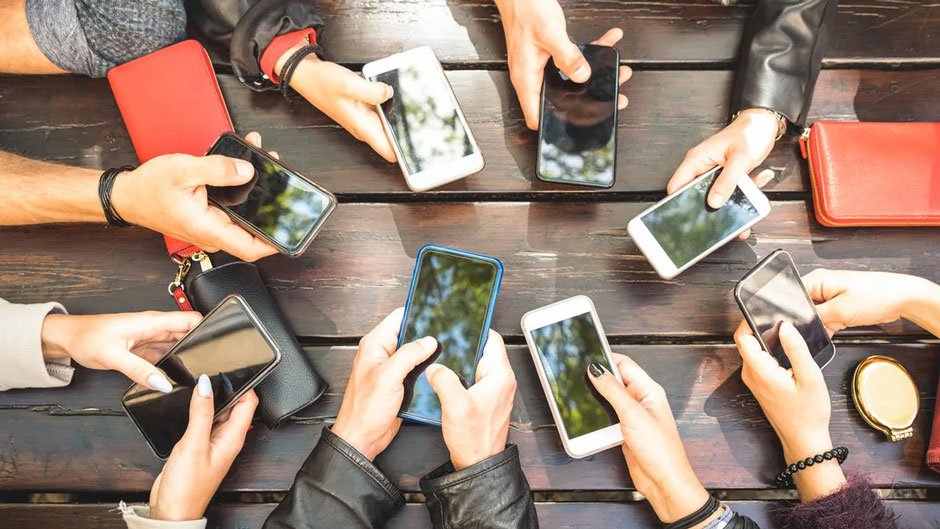 It’s easy to fall into the habit of checking your phone every time you need to plan something. You just want to see your calendar or add a reminder, and before you know it, you’re scrolling through notifications or answering messages. What was meant to keep you on track ends up draining your focus. It’s a familiar loop, and it wears you down.
It’s easy to fall into the habit of checking your phone every time you need to plan something. You just want to see your calendar or add a reminder, and before you know it, you’re scrolling through notifications or answering messages. What was meant to keep you on track ends up draining your focus. It’s a familiar loop, and it wears you down.
But here’s the real breakthrough: you don’t need your phone to stay in control of your time. When you take a step back from digital planning, you begin to see your life with more clarity. Tasks become less tangled. Your days take on a steadier pace. Planning becomes a tool for balance instead of stress. And the best part? It all starts with a few small shifts.
You’ll find them all below.
Start Using a Large Planner
One of the best ways to step away from phone-based planning is by using a planner you can physically see, like a large wall calendar. These displays often show the entire year in a single view, making it easier to balance goals, holidays, and deadlines. You do not need to open apps or search for dates. Your plans are always visible, ready when you are.
The best part? This approach is not just practical. It can be genuinely enjoyable. Most brands offering these calendars, like The Big Ass Calendar, create versions that are functional and personal. They use dry-erase surfaces, spacious layouts, and color-coded tags to help you keep things updated and flexible. The process becomes creative, personal, and even a little fun, instead of something hidden behind notifications.
Shift to Paper Notes and Checklists
Writing things down might feel old-school, but it works and it works well. Paper brings intention. It organizes thoughts without cluttering your mind with digital extras.
Try writing your to-do list on a notepad or using sticky notes to mark important reminders. Keep them in places you’ll naturally look, like near your laptop or on the kitchen table. Crossing off a task on paper brings a satisfying sense of progress that no screen can match. Plus, your list isn’t hidden behind a lock screen or notification banner. It’s in your space, right where you need it.
Simple tools like these help pause the digital noise and build clarity—one handwritten task at a time.
Use a Desk Clock Instead of Digital Timers
Most people often rely on phone alarms or timer apps to keep tasks on track. But those tools come with distractions. One notification leads to another, and suddenly you’re multitasking without meaning to.
A desk clock or kitchen timer can solve this. Set it for focused work sessions or breaks, and it instantly becomes a boundary tool. You get the reminder you need, without the temptation of a glowing screen. Physical timers help slow the pace and make you more aware of the moment. Over time, this helps build stronger attention habits and organic focus, without any digital pull.
Working against screentime takes effort, but even small swaps like this can bring more peace into your daily routine.
Create a “Mindful Inbox” for Loose Thoughts
Thoughts and ideas come at random times, often when we’re doing something else. You’re tempted to grab your phone to jot them down, but this usually leads to distractions.
Try setting up a “mindful inbox” instead—a small notebook, a stack of index cards, or a jar with notepaper. Each time something comes to mind, write it down and drop it in. Later, you can sit down with your planner and make sense of everything. This method gives you a safe place to hold thoughts without letting them pull you into digital spirals.
Schedule with Index Cards Instead of Apps
There’s something refreshing about holding your plans in your hands. Index cards are a simple, tactile way to organize your days without the distraction of a screen. Write one task or event per card, using one color for work and another for personal life. You can shuffle them, stack them, or pin them on a board depending on what you need that day.
This method also forces you to prioritize. There’s only so much room in a stack, so you naturally choose what matters most. And at the end of the day, flipping through completed cards feels like a small celebration. It’s planning that’s fully in your control: clear, calm, and disconnected from the constant buzz of digital life.
Wrapping Up
You don’t need your phone to stay in control of your time—it’s about finding tools that support your pace and your peace. Using a large planner, writing things down, and embracing small shifts in routine help untie planning from screens. Try just one or two of these strategies and feel how it reshapes your day. Life becomes clearer, softer, and easier to navigate. And in the stillness of offline moments, real productivity and balance can grow.




Leave a Reply